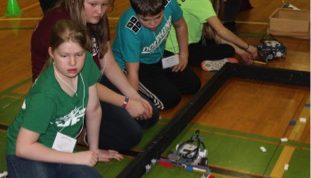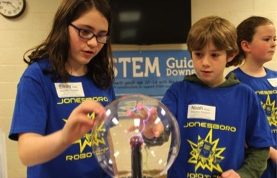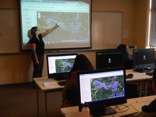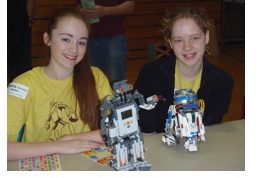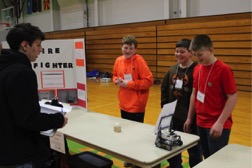Washington County 4-H Robotics and Engineering Expo
The Washington County 4-H Robotics and Engineering Expo will not be offered in 2020.
The 4-H Robotics and Engineering Expo offers youth teams a chance to meet other youth from Washington County who have a passion for science. While showcasing their project and STEM skills, youth practice and improve public speaking skills as they make presentations to adult and teen judges. Workshops presented by professors from the University of Maine at Machias help participants take a closer look at a subject of their choosing.
For more information, please contact Jen Lobley at 207.255.3345 or jennifer.lobley@maine.edu.

